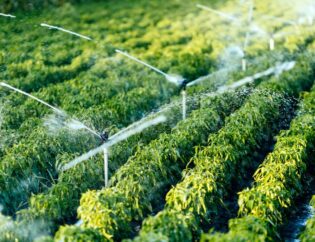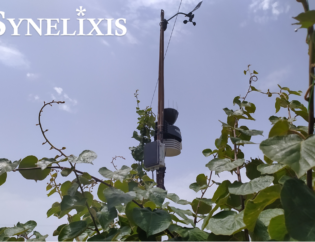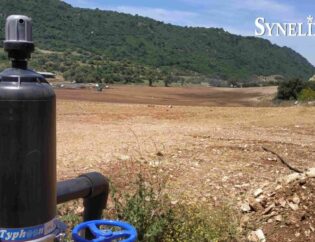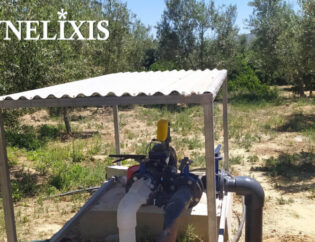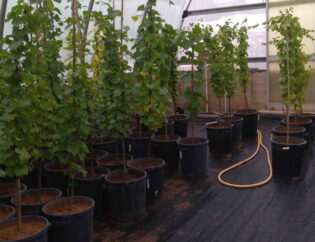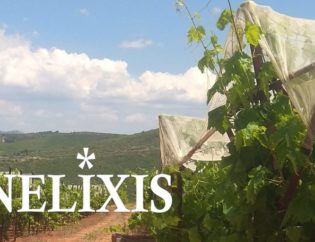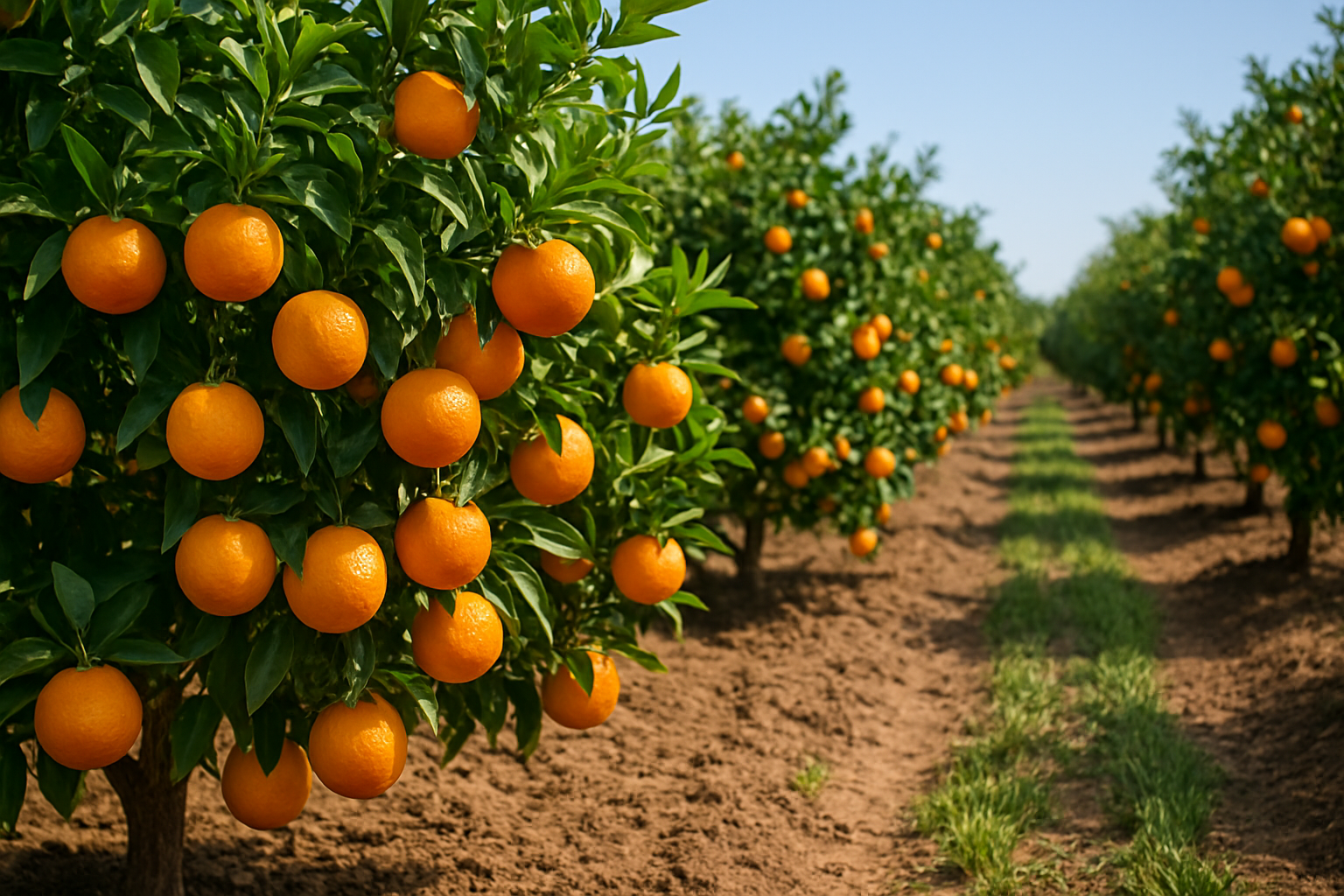
Greece is a Mediterranean country where many varieties of citrus trees can be grown, where people can enjoy their fresh fruits and juices. However, of the various problems that can occur during the growing season, none is more frustrating than fruit drop and splitting, and which presents a significant economic challenge to citrus growers worldwide.
Citrus trees bloom in abundance in the spring, but typically, less than 2% will become harvestable fruit. In other words, 98% of the flowers seen during flowering will end up on the orchard floor at some point during fruit development.
Although fruit drop is basically an evolutionary mechanism, a natural process necessary to regulate fruit load, various environmental, nutritional, and pathological factors can exacerbate it. When excessive, however, fruit drop directly affects yield potential and creates inefficiencies in resource use, as trees, as well as the grower, invest energy to develop fruit that will never reach maturity.
Citrus trees are very sensitive to changing environmental conditions. Factors such as high temperatures, sudden temperature changes, heavy rainfall, sunshine, drought, salinity and water stress are detrimental to pollination, fruit set and fruit retention, as they lead to deterioration of physical and biochemical properties that directly or indirectly cause fruit drop.
Fruit drop in citrus fruits occurs in three main distinct waves
1. Bloom and post-bloom drop
During flowering and immediately afterwards, trees naturally reject a proportion of flowers and fruitlets. This process contributes to about 80-90% of the total fruit drop and is mainly regulated by hormonal changes, so that the trees can adequately nourish the remaining fruit. However, poor pollination, low soil moisture (as well as excessive), sudden temperature stress and nutrient deficiencies can exacerbate this wave.
2. June Drop
This is the most typical and massive wave of fruit rejection and accounts for about 10% of the total fruit production. It commences about one to two months after flowering and affects young fruits of 1-3cm in size. Ιn Greece typically it takes place in May or June, depending on regions and temperatures.
Although fruit drop at this stage is due to a combination of factors including competition between fruits for energy (carbohydrates), hormonal imbalances and nutrient deficiencies, studies have shown that stress due to very high temperatures and its sudden fluctuations, combined with lack or excess water are the most important factors that significantly worsen the fruit drop rate.
In particular, water stress during rapid fruit development (especially in varieties such as Navel oranges) leads to severe fruit drop and reduced yield.
3. Early autumn and pre-harvest fruit drop
The final wave occurs close to harvest time and is equally problematic for growers, as it represents the loss of nearly ripe fruit. Early autumn abscission occurs mainly due to drought, excessive or inadequate irrigation, heat waves and nutrient imbalances or deficiencies, especially potassium, while pre-harvest is due more to natural senescence and weather conditions such as hail or sudden frost.
This period includes various other problems that cause decrease in production, both in terms of quantity and quality, such as pressure from insect pests and diseases that can lead to fruit loss, and fruit splitting. Likewise, periods of dry weather conditions followed by heavy rainfall or irrigation, irregular watering, and potassium deficiency directly or indirectly cause the uneven growth of flesh and skin of the fruit, which ultimately leads to fruit splitting.
Fruit drop management
It becomes clear that good tree care combined with proper management of irrigation, nutrition and plant protection is essential. Temperatures and water being the most important environmental factors during the fruiting season that intensify premature fruit drop, lead growers to have to carefully manage irrigation schedules to minimize excessive fruit drop and splitting, during critical periods.
However, overwatering of trees during the flowering and fruiting season, as a counterbalance to adverse factors, causes leaching of nitrogen and potassium that are essential for fruit set, and consequently increased fruit drop. On the other hand, water is essential for the availability of these nutrients, which are not absorbed by the trees during dry periods.
As heat waves and water scarcity, as well as rapidly changing weather conditions, have intensified in recent years due to climate change, the traditional way of managing commercial farming based on personal assessment of conditions, is no longer sufficient to successfully and purposefully address these increasing challenges on its own.
Smart citrus irrigation
Smart agriculture and irrigation technologies can provide solutions and make a decisive contribution to the major issue of water management. SynField technology, which is available and widely implemented in Greece and in 17 countries internationally, offers an integrated solution that combines soil moisture sensors, agrometeorological stations and remote irrigation control. Through continuous monitoring of field conditions from the online decision support platform, the system provides real-time data and alerts to the producer to apply only the necessary amount of water, at the right time. This prevents drought or soil saturation, allowing the root system to operate in the optimum moisture range, which is crucial for fruit retention and size regulation. In addition, application of techniques such as drip and subsurface drip irrigation and regulated deficit irrigation allow water savings and increase water efficiency without compromising quality, while in critical periods smart irrigation acts proactively, preventing conditions leading to massive fruit drop. By utilising such systems and solutions, Greek producers can protect their production from losses, ensure ripening uniformity and enhance the sustainability and income of their orchards.
Conclusion
Fruit drop is a multifactorial phenomenon that causes yield reduction and economic losses in citrus. And while it cannot be prevented, it can be mitigated. Proper soil moisture management is perhaps the most critical tool a grower has in his hands and technology is an ally in this regard. Investing in smart irrigation solutions is not a luxury but a necessity, especially in the midst of climate variability and increasing pressure on water resources, so that the grower can provide the right conditions to his trees to retain the fruits, that will bring him qualitative and quantitative production.
Gina Athanasiou, MSc, MMus, MSc – Agronomist, Synelixis
